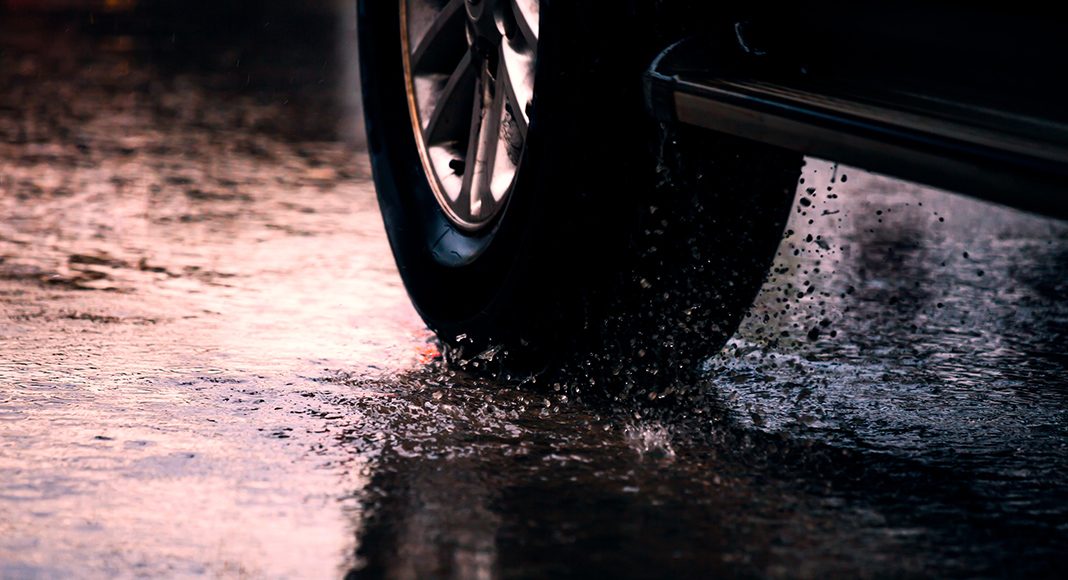Traveling on relatively worn tires at highway speeds in wet conditions can increase average stopping distances by 43 percent, or an additional 87 feet — more than the length of a semi-trailer truck — when compared to new tires, according to new research by the AAA.
With nearly 800,000 crashes occurring on wet roads every year, AAA urges drivers to check tread depth, replace tires proactively, and increase following distances significantly during rainy conditions.
“Tires are what keep a car connected to the road,” said John Nielsen, AAA’s Managing Director of Automotive Engineering and Repair. “Even the most advanced safety systems rely on a tire’s basic ability to maintain traction, and AAA’s testing shows that wear has a significant impact on how quickly a vehicle can come to a stop in wet conditions to avoid a crash.”
In partnership with the Automobile Club of Southern California’s Automotive Research Center, AAA carried out tests to understand performance differences at highway speeds between new all-season tires and those worn to a tread depth of 4/32” on wet pavement. The tests showed that, compared to new tires, tires worn to a tread depth of just 4/32” exhibit:
- An average increased stopping distance of 87 feet for a passenger car and 86 feet for a light truck
- A 33 percent reduction in handling ability for a passenger car and 28 percent for a light truck
“AAA’s testing demonstrates the impact that tire tread has on safety,” said Megan McKernan, Manager of the Automobile Club of Southern California’s Automotive Research Center. “If tested side-by-side at 60 mph, vehicles with worn tires would still be traveling at an alarming 40 mph when reaching the same distance it takes for vehicles with new tires to make a complete stop.”
Current industry guidelines and state laws and regulations frequently recommend that drivers wait until tread depth reaches 2/32” to replace tires. The AAA maintains that tires should be replaced as soon as the tire tread reaches 4/32”.
“Slip an upside-down quarter between your tire grooves and look at Washington’s head – if you can see all of it, it’s time to start shopping for new tires,” Nielsen added.
AAA recommends the following precautions for drivers navigating rain soaked roads:
- Avoid the use of cruise control in order to respond quickly if the car loses traction with the road.
- Reduce speed and avoid hard braking and making sharp turns.
- Increase following distance to allow for ample space if a sudden stop occurs.
- If the vehicle begins to hydroplane, gently ease off the accelerator and steer in the direction the vehicle should go until traction is regained. Do not brake forcefully as this can cause the vehicle to skid.



















